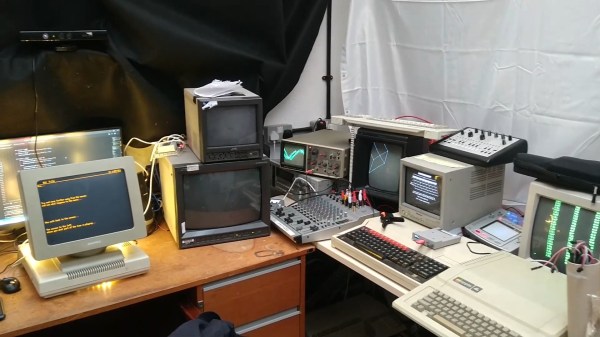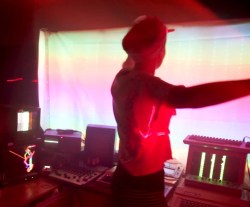One of the towering figures in the evolution of computer science was Grace Hopper, an American mathematician, academic, and Naval reservist, whose work gave us the first programming languages, compilers, and much more. Sadly she passed away in 1992, so her wisdom hasn’t directly informed the Internet Age in the manner of some of her surviving contemporaries.
During her life she gave many lectures though, and as [Michael Ravnitzky] discovered, one of them was recorded on video tape and resides in the archives of America’s National Security Agency. With the title “Future Possibilities: Data, Hardware, Software, and People”, it was the subject of a Freedom Of Information request. This in turn was denied, on the grounds that “Without being able to view the tapes, NSA has no way to verify their responsiveness”. In short, the recording lies on Ampex 1″ reel-to-reel video tape, which the NSA claims no longer to be able to read.
It’s fairly obvious from that response that the agency has no desire to oblige, and we’d be very surprised to find that they keep a working Ampex video system to hand on the off-chance that a passing researcher might ask for an archive tape. But at the same time it’s also obvious that a lecture from Rear Admiral Hopper is an artifact of international importance that should be preserved and available for study. It’s an interesting thought exercise to guess how many phone calls Hackaday would have to make to secure access to a working Ampex video recorder, and since we think for us that number would be surprisingly low it’s likely the NSA know exactly who to call if they needed that tape viewed in a hurry. We don’t have influence over secretive government agencies, but if we did we’d be calling shame on them at this point.
If you’re curious about Grace Hopper, we’ve talked about her work here in the past.
Thanks [F4GRX] for the tip.
Ampex image: Telecineguy., Public domain.














